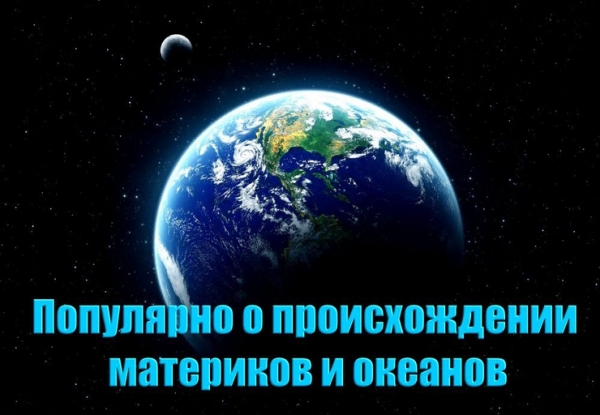
According to scientists, the so-called “Ninth planet” or “planet X” is an exoplanet that, by chance, was captured by the gravity of the Sun.
By this view came to planetary scientists, after analyzing the orbit and the potential size and other parameters. The overall picture was such that the planet could not occur together with the Land and other classic planets, but was born outside of the Solar system in the early days of the Solar system.
According to the new hypothesis, the Sun and our planetary system was formed in “stellar nurseries”, where also lived next to a few other newborn stars. Most likely, those stars also had their own planets and some of them could be ejected into interstellar space during the formation of their planetary system and then captured by the gravity of the Sun. It is possible that the Sun just stole a planet from another star, flying close past her.
“Pretty funny looks that we’ve spent decades looking for exoplanets hundreds of light years from Earth, and it turns out that we have a chance to find exoplanets directly, we have a “home”. If the ninth planet really exists, it will be a great place to visit with our today technologies,” write the authors of a new study.
Recall that in February 2016, scientists from the California Institute of technology in Pasadena reported that they discovered a large celestial body beyond the orbit of Pluto, which, apparently, is the planet. The discovery was made by Mike brown and Konstantin Batygin using computer modeling and mathematical calculations, which indicated the presence of the body.
Planet, unofficially known as “the Ninth planet”, goes around the Sun in elliptical orbit. The closest point of the orbit (perihelion) is at a distance of 200. that is from the Sun, and the farthest (aphelion) distance of 600 — 1 200. E. to make just one revolution around our star, the planet may spend from 10 to 20 thousand years!
Mass of the “Ninth planet” is greater than the mass of the Earth about 10 times and a diameter comparable to the diameter of Neptune. This suggests that the chemical composition of the planet may resemble the composition of Uranus or Neptune.







